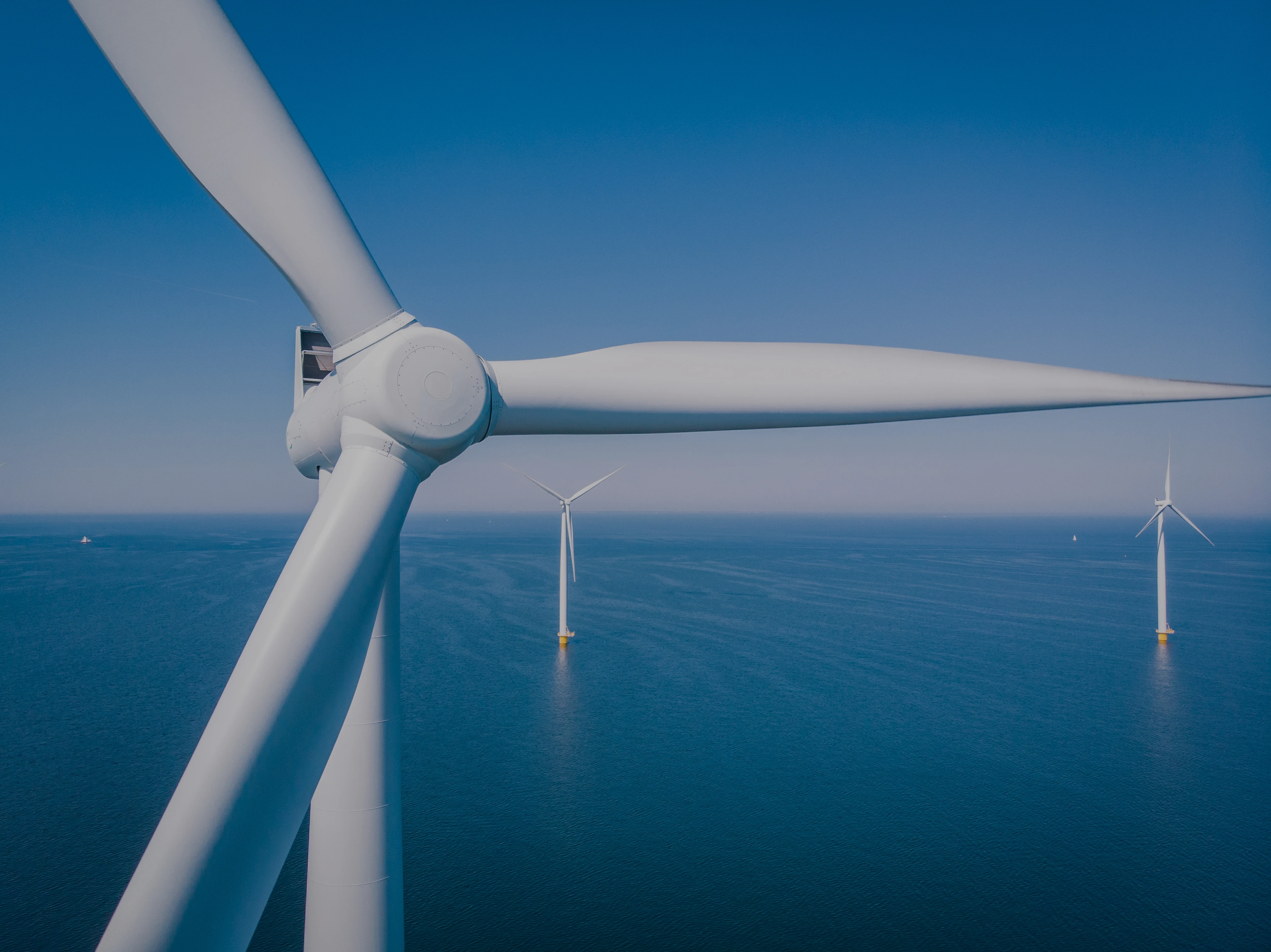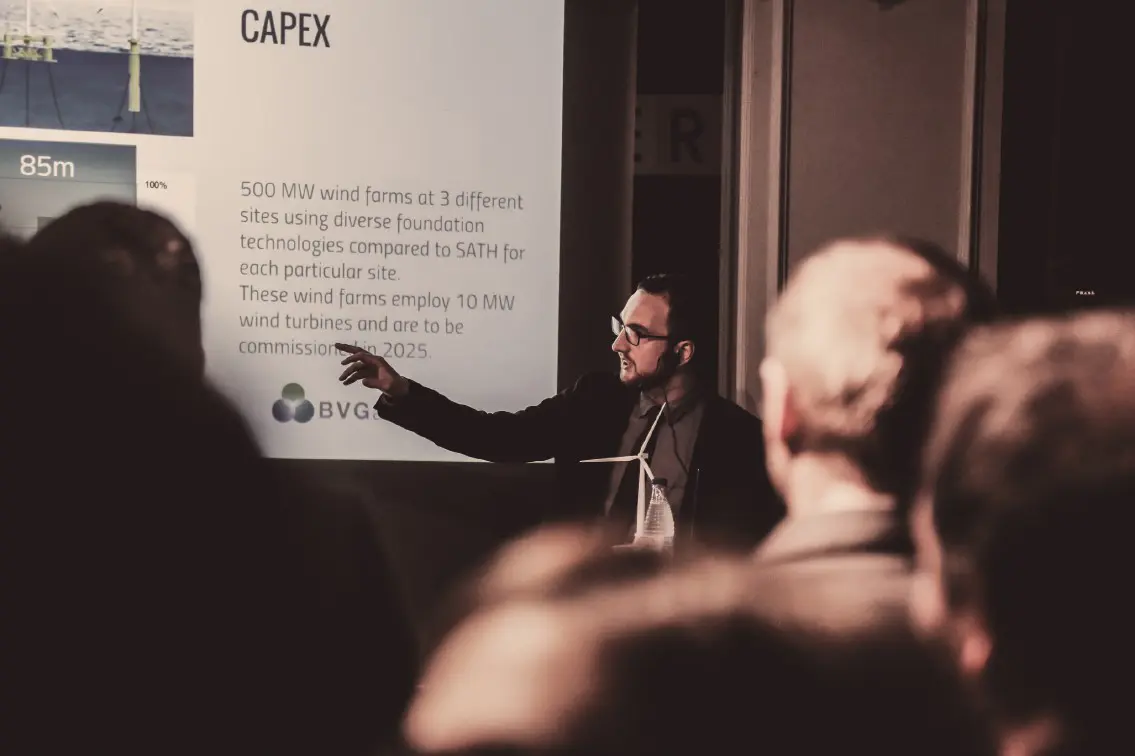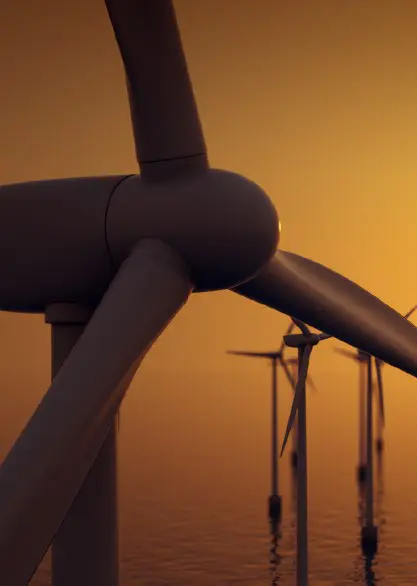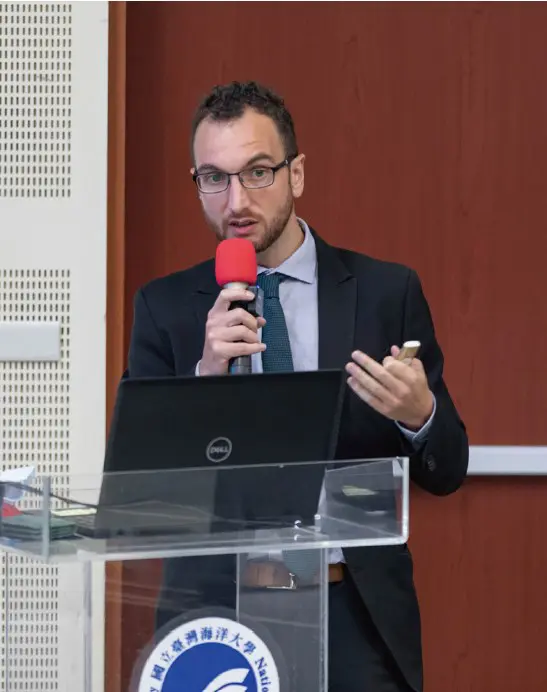〔Floating Ideas〕Floating Wind in Taiwan

〔Floating Ideas〕Floating Wind in Taiwan

The weather in Taipei has brought some heavy rain, which seems to pause the pace of life and allow some time for reflection.
After all the Round 3 Auction drama (in this case with an extra dose of drama, given Ørsted's and JERA's latest decisions), all teams took some well-deserved rest. Now all teams have started ramp-up preparing for next steps.
This way, the six happy tenderers have begun to plan the resources they need to bring projects firstly to Final Investment Decision and ulteriorly to Commercial Operation Date (COD).
At the same time, the rest of developers will start accelerating the works for preparation of a much more competitive Round 3 auction in 2023. This is not an easy task, as rules are not in place yet and significant changes of previous 2022 round rules are expected, with rumors about the increase of the current power cap. If this was the case (increase of the cap) and considering the new players joining Round 3, that would translate in less awarded projects for a bigger pot of developers. This increase of competition may cause many insomnia nights for many developers, particularly given the current increase of materials cost.
The complexity of the Taiwanese market, characterised by the conflict of localisation and cost, will even become higher as floating wind is entering the game. Some developers (Synera Renewable Energy or BlueFloat) publicly expressed their interest of taking their fully commercial projects to Round 3 (whether in 2023 or 2024 auction is still unclear).

With this growing interest for floating wind in mind, BOE proposed a draft for Demonstration programme which could be very useful in preparing Taiwan for the deployment of fully commercial floating offshore wind. Unfortunately, the original draft jeopardised the potential with a limitation of 50 MW per project and a very short timeline for COD (2026). It is to be noted that 50 MW project is currently a 3 unit project, which will require a similar volume of engineering than a 500 MW from a wind turbine Original Equipment Manufacturer (OEM) perspective.
OEMs don't have spare engineering capacity for projects which by the reduced scale won't provide profit. The rule of thumb to make these projects viable will be at least 10 units. Meanwhile, an increase of the number of units will challenge the existing supply chain furthermore when projects are supposed to achieve COD in 2026. Luckily, several members of BOE have made comments of having listened to industry's feedback. The challenges of local supply chain still remain there, but are not unsurmountable if local supply chain can combine collaboration with other countries and technological development.
Somebody could argue, that if there is interest for commercial projects what is the point of the Demo programme, but I believe that argument is incorrect. I think that some coordinated demonstration projects with enough scale to build local supply chain, but also to learn from operation of multiple arrays, will very much benefit the commercial projects even if those projects caused delays on commercial ones.
Apart from the increase of demonstration projects and certain flexibility for COD dates, the key question is how the Demo programme is going to link the Demo projects with their second phase fully commercial projects. This link is critical as these demo projects have to build technical capabilities and capacity for future commercial floating projects.
From a technological perspective, investments are required to produce applicable technology and scale is required to produce investments.

It is still raining in Taipei, and listening to relaxing water drops in the forest, looking back on my last ten years in floating wind, memories come of working on Eolfi's W1N pioneer project which targeted commercial floating wind in Taiwan even before Europe. Unfortunately, that project didn't make it, but now the floating wind momentum is here.
Many things have changed since then (from 8 MW wind turbines at that time to the current 15 MW+), and luckily floating wind technology developers, no longer need to chase developers as we used to.
No doubt that tomorrow in Taiwan is bright for Floating wind, but the decisions on Demo programme rules and its interaction with the auctions will define the pace of the development and the impact that Floating will have in the local supply chain.

Luis Gonzalez-Pinto Taiwan Country Manager, OWC
Luis Gonzalez-Pinto is OWC's Taiwan Country Manager, and an offshore professional with over 10 years' of experience in Floating Wind. González-Pinto joined OWC in July 2021, an ABL company, after years in a floating technology provider where he held the chief operations officer role.
As COO, he was responsible for strategic planning, operations, and business development, supporting the growth from a 5 people start-up to 35 people company and achieving the financial closing of the first full-scale multi-MW prototype. He also delivered project management and engineering guidance on the concept during its development and led early-stage development projects in Europe, the US, and Asia.
Gonzalez-Pinto is highly respected in the floating wind sector with great operational management experience. He owns as well as market and technical expertise in floating wind, and Asian offshore wind market knowledge. He is also passionate about renewable energies and creative innovation, always happy to have a chat on new ideas & techs and collaboration opportunities.
More related articles
